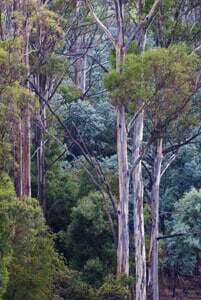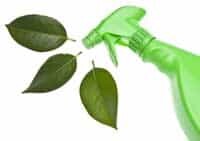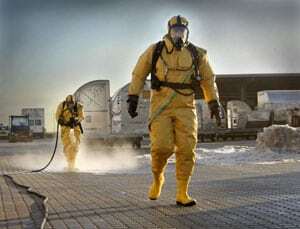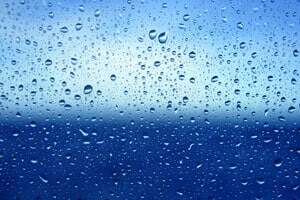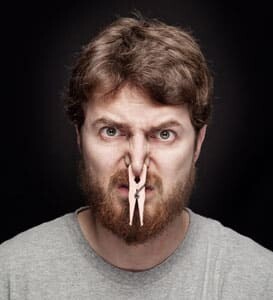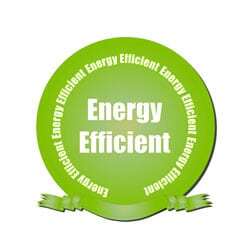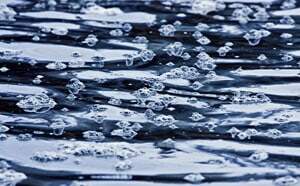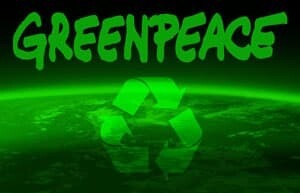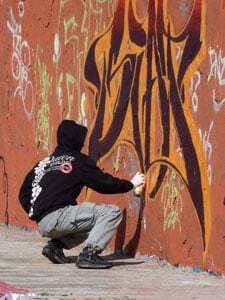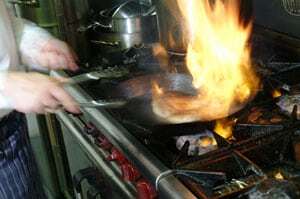The impact of environmental issues on reef systems is under closer scrutiny with the use of new underwater cameras on The Barrier Reef.
The beauty of coral reefs cannot be underestimated. There is the delight of underwater gardens, swaying with the undulations of the sea, grasses gliding back and forth, fish darting, and schools of reef pelagics swirling like sub-marine dandelions as the sun glitters down from the sky above. Anyone who has snorkeled or dived the reefs of Queensland or Western Australia will be well acquainted with this unsurpassable natural phenomenon. Heaven!
The study of coral reefs has become increasingly important in recent years as sea temperature rises continue to impact on coral reef life and marine ecosystems, globally. Additionally, water quality has been compromised by terrestrial runoff, particularly in some areas along the Queensland coast of Australia, where cane farm chemicals have been known to impact reef ecosystems adversely.
These ecosystems are particularly delicate because they thrive and proliferate in contexts that are extremely close to their absolute physiological limits. This means that environmental impacts that may not impact a more robust environment have a far greater capacity to undermine, in areas such as reefs where the margin of environmental error is reduced by this need to “live on the edges.” [1]
Around 30% of the extra CO2 in the atmosphere is known to dissolve into the ocean. “As a consequence of this, the chemistry of the oceans is becoming more acidic…which in turn impacts on the health of some fish and coral species.”[2] The delicate balance is thrown out, and this has the ability to undermine the whole system. The natural slightly alkaline nature of the oceans is in fact conducive to the calcification processes at the centre of tropical coral reefs. And with a shift in CO2 levels comes a rise in acid. Current predictions for the end of this century herald a pH reading of .4, “which is well outside the realms of anything organisms have experienced over millions of years.”[3] In short, we are now moving towards completely unchartered territory, with unknown consequences for mankind and for the ocean.
The need to monitor and survey oceanic and reef systems as become more pressing, given the nature of this unchartered territory we are now heading into and The Australian Institute of Marine Science [4] are leading the way with “the installation of a permanent underwater camera on The Great Barrier Reef that will give them…snapshots of life underwater in order to answer questions about the real time effects of rising temperatures and coral bleaching.”[5]
Dr. Ray Berkelmans from the Institute heads a new monitoring program, which is a world first. A webcam has been set up on Davies Reef just off Townsville and every 15 minutes images are taken that are then made available online. Dr. Berkelmans says this constant flow of pictures will help scientists to verify the direct effects of coral bleaching.
“You can have warm temperatures but very cloudy days, and it will not bleach nearly as quickly as when there is no cloud and lots of sunlight coming in, so there’s a multitude of factors and this will help us improve our predictions.”[6]
But the benefit of the visual data will extend beyond coral and also include the marine life of the Davies Reef bommie where the camera is fixed. This will also allow for a good database of information on fish life and habits/behaviour which is hard to gain via traditional scuba methods.
Envirosafe Solutions supports the respect and nurture of our marine environments. Its low-phosphate liquid detergents are proven to be kinder to the marine environment and our waterways. For more information on the Envirosafe Solutions range of products call 1300 88 90 70
[1] Climate Change and The Tropical Environment. Australian Institute of Marine Science. http://www.aims.gov.au/docs/research/climate-change/position-paper.html
[2] Ibid.
[3] Ibid.
[4] Ibid
[5] http://www.abc.net.au/am/content/2011/s3238415.htm
[6] Ibid.









